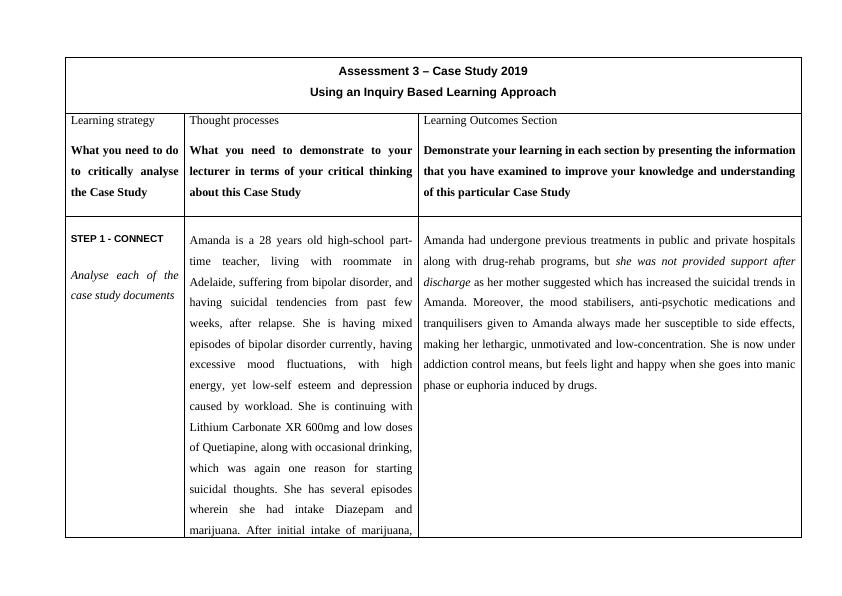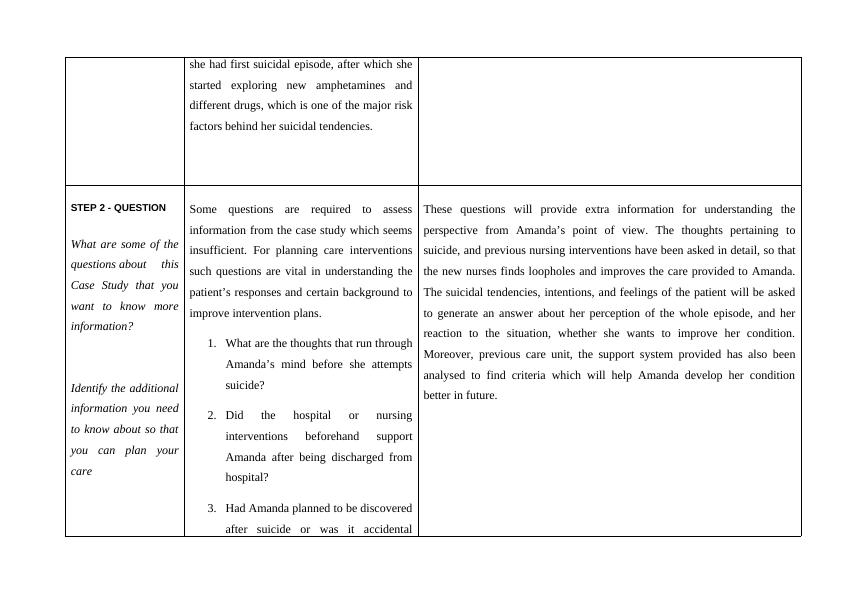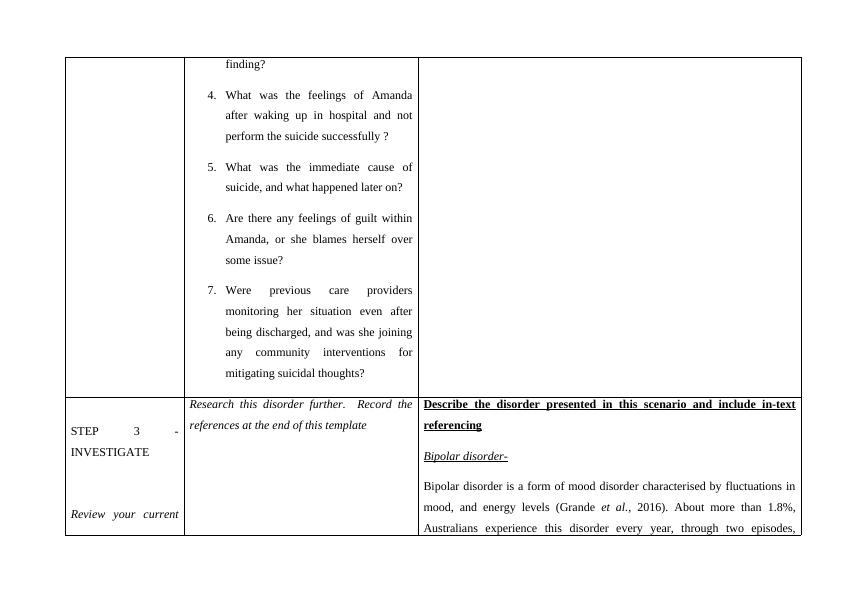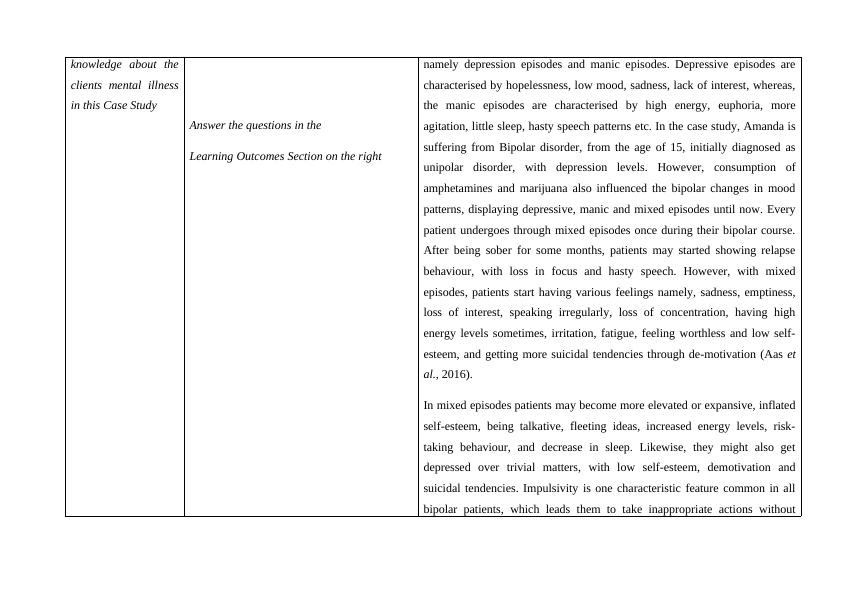An Inquiry Based Learning Approach - Assessment 3 - Case Study 2019
Using an Inquiry Based Learning Approach to critically analyze a case study and demonstrate understanding of key issues and questions relevant to the case study.
19 Pages5245 Words22 Views
Added on 2022-10-11
An Inquiry Based Learning Approach - Assessment 3 - Case Study 2019
Using an Inquiry Based Learning Approach to critically analyze a case study and demonstrate understanding of key issues and questions relevant to the case study.
Added on 2022-10-11
ShareRelated Documents
End of preview
Want to access all the pages? Upload your documents or become a member.
Using an Inquiry Based Learning Approach | Report
|18
|4104
|22
| |Assessment 3 - Case Study 2019.
|16
|4026
|9
HLTH 1037 Assignment 2019.
|16
|3005
|8
Mental Health Case Study Analysis for Nursing Students
|11
|3331
|179
Assessment 3 – Case Study Using an Inquiry Based Learning Approach PDF
|8
|4628
|33
Mental Health Nursing - Case Study
|11
|3031
|119




